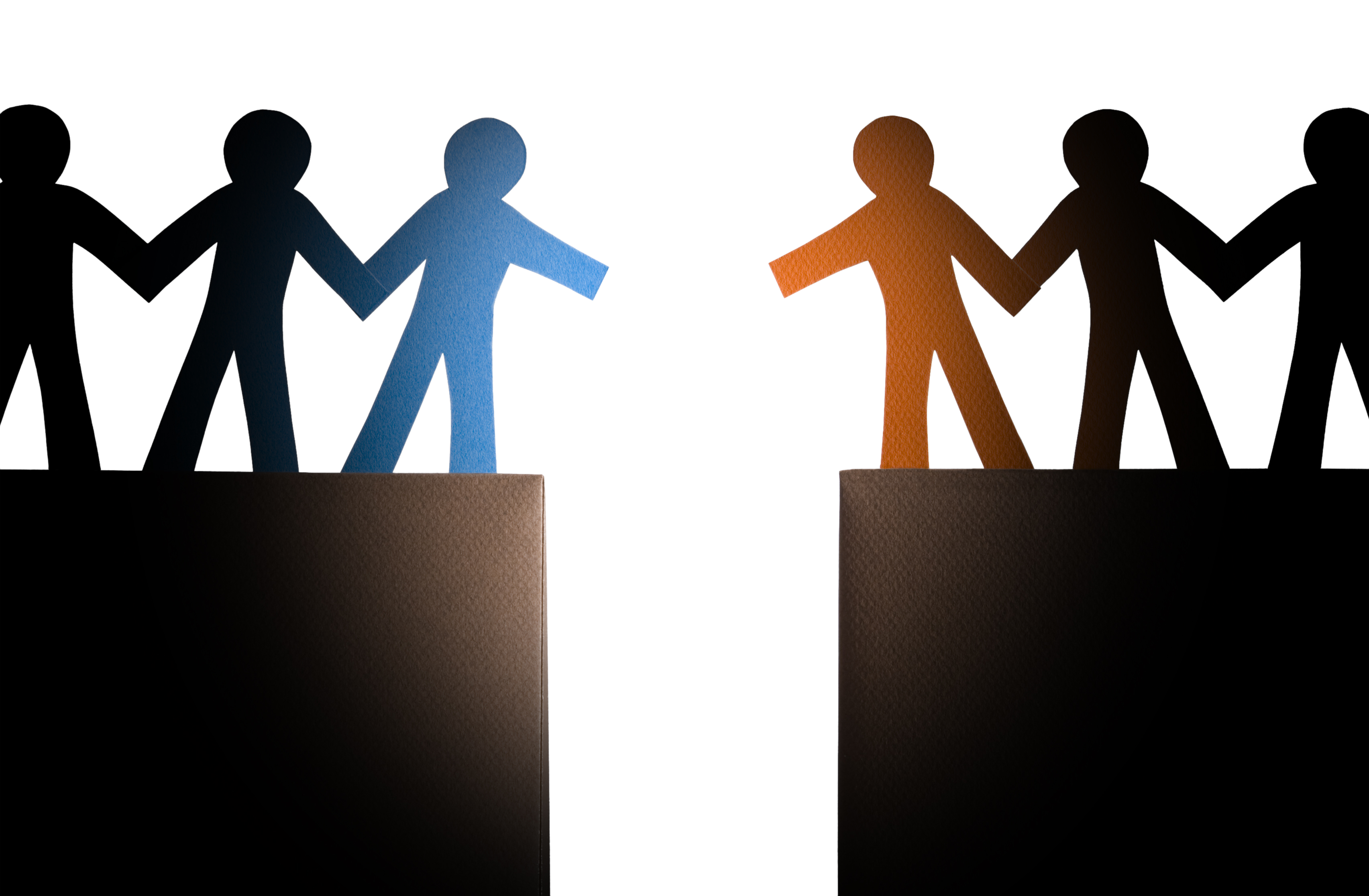
As we focus on improving the care for all, with a lens toward health equity, it’s essential to examine the root causes of health inequities and their existence. And Racism is a contributing factor that has led to our present situation. To progress, we need to have an understanding and commonality of definitions.
Referencing a recent article by Zambrana and Williams in Health Affairs, The Intellectual Roots of Current Knowledge of Racism and Health: Relevance to Policy and the National Equity Discourse, the definition of racism is an organizational social system in which the dominant racial group, based on an ideology of inferiority, categorizes and ranks people into social groups called “races” and uses its power to devalue, disempower, and differentially allocate valued societal resources and opportunities to groups defined as inferior. Additionally, the structure and ideology of racism can persist in governmental and institutional policies in the absence of individual actors who are explicitly racially prejudiced.
These are difficult words to read since it forces us to question whether one believes this to be true in our present healthcare ecosystem? We may think, “How can that be when I personally think so differently?” The key to the duality of feelings is that just because one feels one way and believes in equality for all, underlying situations might exist due to thoughts and actions of others, as well as memorialized circumstances that have occurred over time. Do we outwardly define one “race” as inferior to another, or do certain social situations and policies do that for us? The latter definitional comment is the one that is so critical. Racism may in fact exist within the structures I participate, without me as an individual, being racially prejudiced.
This concept leads to the idea of structural racism, where these historical and contemporary policies, practices, and norms create and maintain the hierarchy of one group over another. They do this by limiting access to opportunity and mobility. By making it more challenging to secure high-quality education, jobs, housing, healthcare, and equal treatment in the criminal justice system. The existence of this dominant racial hierarchy thinking leads to systemic racism. When one lives in such a structure, internalized racism occurs, which is the acceptance by members of stigmatized races of negative messages about their own abilities and internal worth. The idea that one should merely pull oneself out of one’s present situation becomes extremely challenging within this context of internalized racism, stemming from the structural and systemic racism that might be in place due to the underlying racism defined above.
As outlined, the rooted issues we face concerning health equity are extraordinarily complex, and there is great importance in understanding the language for discourse and thoughts of others. Only once we agree and accept the underlying premises can we begin to evolve from the present situation. And we can do this by taking an intellectual approach, versus an emotionally charged one, allowing us to thoughtfully solve these complex issues.
